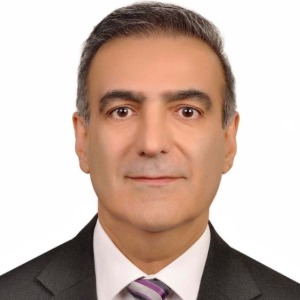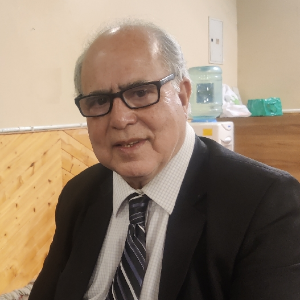Artificial Vision and Retinal Implants
Advanced prosthetic systems are redefining possibilities in vision restoration for patients with profound sight loss. Artificial vision and retinal implants explore the development and clinical use of visual prostheses designed to stimulate viable retinal or cortical structures. These systems often integrate external image capture with implanted microelectrode arrays that relay signals to the brain, enabling perception of light, motion, and basic shapes. Though current devices offer limited resolution, they can significantly improve environmental awareness and mobility. Ongoing research in optogenetic stimulation, wireless subretinal arrays, and cortical implants aims to enhance image clarity and user experience. Functional success also depends on post-implant rehabilitation and the brain's ability to adapt to artificial input. As the field progresses, collaboration between neuroscientists, engineers, and ophthalmologists is key to refining these technologies and expanding their clinical impact for patients with irreversible retinal conditions.

Tim Jackson
King’s College London, United Kingdom
Shadrokh Nabili
University Hospitals of Morecambe Bay NHS Foundation Trust, United Kingdom
Anna Maria Bassi
University of Genoa, Italy
Pio Conti
University of Chieti, Italy
Gowhar Ahmad
Florence Hospital Srinagar, India
Hyungju Park
Gangnam Tokyo Eye Clinic, Korea, Republic of




Title : Rare and interesting case of Goldenhar’s syndrome in a 3 years old male child
Gowhar Ahmad, Florence Hospital Srinagar, India
Title : Management of common vitreoretinal lesions: An overview and update
Tim Jackson, King’s College London, United Kingdom
Title : Optimizing astigmatism management in refractive cataract surgery
Shadrokh Nabili, University Hospitals of Morecambe Bay NHS Foundation Trust, United Kingdom
Title : Comparative outcomes of a newly modified trabeculectomy versus conventional trabeculectomy
Hyungju Park, Gangnam Tokyo Eye Clinic, Korea, Republic of
Title : Lumevoq gene therapy in leber hereditary optic neuropathy
Magali Taiel, GenSight Biologics, France
Title : Intra orbital wooden foreign bodies: A retrospective study of 30 cases
Chandana Chakraborti, Regional Institute of Ophthalmology, Medical College & Hospital, India